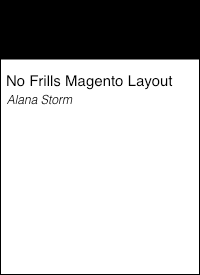This morning I converted what I think are the last of my self hosted commercial SSL certs to Let’s Encrypt certs via Certbot. I still have reservations about so many certs going through a single provider and, more generally, the value of HTTPS everywhere, but saving money on certs is suddenly more pressing as I stare down retirement in America twentyish years from now.
All in all getting everything up and running went incredibly smoothly. There’s some simple wizards to walk though on certbot.eff.org and you get customized instructions for installing things on your system. There was one aspect of this that did catch me off guard.
“Certbot” is the software you use to generate new certs and keep them automatically updated. Rather than create an individual package for every linux package management system, certbot packages their software using a packaging format called Snaps.
To install a snap, you need to have a program running on your computer named snapd. Some linux distros have this program installed by default while with other distros you’ll need to use their built-in packaging system to install this second packaging system. There’s a page on snapcraft.io with individual instructions for installing snapd on your server.
This is the page where I got a little flabbergasted. As of June 25, 2021 it lists over twenty different linux distributions.
- Arch Linux
- CentOS
- Debian
- elementary OS
- Fedora
- GalliumOS
- Kali Linux
- KDE Neon
- Kubuntu
- Linux Mint
- Lubuntu
- Manjaro
- openSUSE
- Parrot Security OS
- Pop!_OS
- Raspberry Pi OS
- Red Hat Enterprise Linux (RHEL)
- Rocky
- Linux
- Solus
- Ubuntu
- Xubuntu
- Zorin OS
I think there’s still some small part of me inside that wants to think of “Linux”, despite minor distro differences, as a single addressable platform. This page was a rude reminder that that ship sailed a long time ago.
